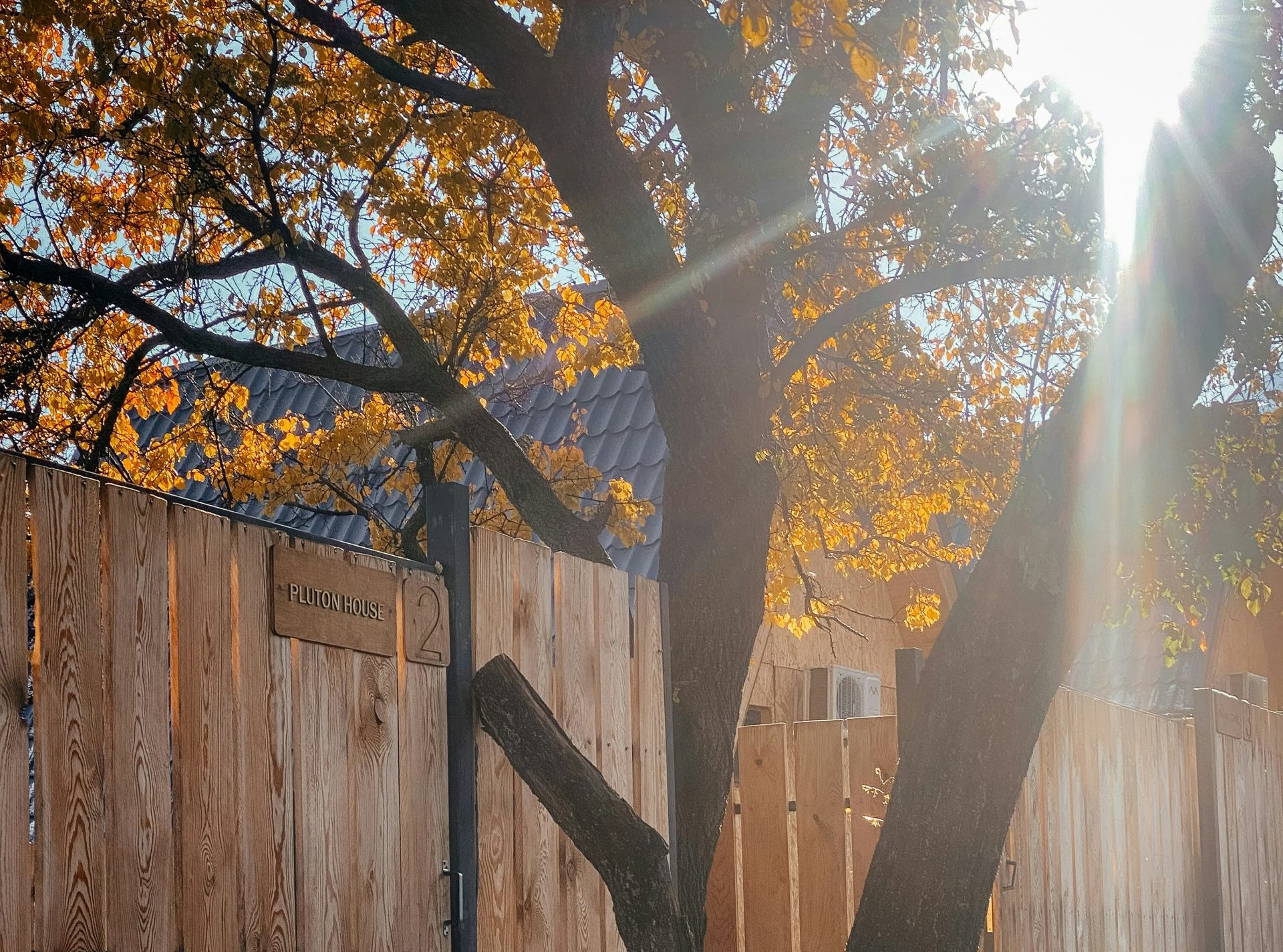Neighbours can often reach extraordinary levels of hostility among themselves over two main sources of dispute, overhanging trees and their dividing fences. What follows is an explanation of the law surrounding these matters and suggestions about how to deal with these issues.
Dividing Fences
Neighbours often come to loggerheads about the fence adjoining their properties. Frequently, when a neighbour wants to erect or replace an existing dividing fence, the other neighbour will no cooperate or agree on the details and this can lead to expensive court proceedings and on going angst between them in future.
In NSW and the Australian Capital Territory, dividing fences disputes are governed by legislation: The Dividing Fences Act (1991) (NSW) and the Common Boundaries Act (ACT) (1981). The legislation provides that the cost of the erection of a fence be met equally by the neighbours except in the event that a neighbour wishes to have a fence with specific requirements over and above the legal requirements. In that event, the party with the additional requirements must meet the additional costs.
Before embarking in a project to build a fence and to approach the neighbour about it is recommended that you become knowledgeable about the law and the specific requirements that must be met.
In each case, the legislation requires that parties attempt to resolve the problem amicably between themselves and the court will not proceed with an application unless appropriate notice has been provided to the other neighbour to negotiate. What the legislation has in mind is not only that formal notice be given to the neighbour but, in effect, that consultation take place among the neighbours before the fence is erected. It is recommended that the proactive neighbour be as specific as possible as part of his/her consultation with the neighbour about the type of fence proposed, the cost, the possible options available and the proposed location of the fence.
In the event that the other neighbour will not cooperate, say, to the location of the fence, the legislation provides that you may engage a surveyor to obtain the necessary measurements provided that written notice is given to the neighbour of your intention to engage the surveyor. You may subsequently recover from the neighbour half of the surveyor’s fees.
Assuming that you have attempted to cooperate with your neighbour, that you provided the necessary notice including all specifics about the proposed fence, type of fence, location, cost and location and still your neighbour will not cooperate yet your neigbour will not co operate or even comply with a court order then in that event you may proceed to build the fence and subsequently seek to recover the neigbour’s share by court order.
Overhanging Trees
It is quite common, especially in older suburbs, for the branches or roots of a neighbour’s tree to encroach onto another person’s property. If you are in this situation, there are a variety of options open to you.
1. Talk to your neighbour
The simplest and most cost effective way of resolving a dispute of this nature is to arrange for a time to meet with your neighbour and discuss your complaint. If you do not have a good relationship with your neighbour, it is often worth asking an independent mediator to help facilitate discussion.
2. Cut the tree yourself
If your neighbour is unwilling to compromise, you have the right to remove any parts of the neighbour’s tree that lie within your property boundaries. It is wise to notify your neighbour that you will be taking this action before doing so. In NSW, you must get approval from the local council before pruning a neighbour’s tree, and it is prudent to check with the ACT Department of Urban Services to ensure that the tree is not protected.
You cannot enter your neighbour’s property and must return all removed parts of the tree to your neighbour.
Whilst this option will guarantee the eradication of the nuisance, you will probably end up bearing all costs for the removal of the branches or roots.
3. Send a legal letter
Having a solicitor draft a letter setting out the elements of your complaint and demanding action is often an effective way of encouraging your neighbour to comply with your requests. It is wise to alert the neighbour to your intention to go to court should the matter not be resolved within a set period of time.
4. Go to court
Courts will usually order that overhanging branches be removed by the owner, or demand that the party forced to remove such branches be reimbursed for the associated costs. You may be able to claim damages if your neighbour’s negligence in leaving the tree unattended has caused damage to your property. However, it is very difficult to make out a claim in negligence and any damages awarded would probably be minimal.
If you have any further questions or would like assistance with a neighbourly dispute, please do not hesitate to contact elringtons Lawyers.
Further information: Conflict Resolution Service
Further reading

elringtons lawyers regularly provide legal advice in relation to a range of dispute resolution matters. Please contact our Litigation and Dispute Resolution Team for more information or to make an appointment call (02) 6206 1300













